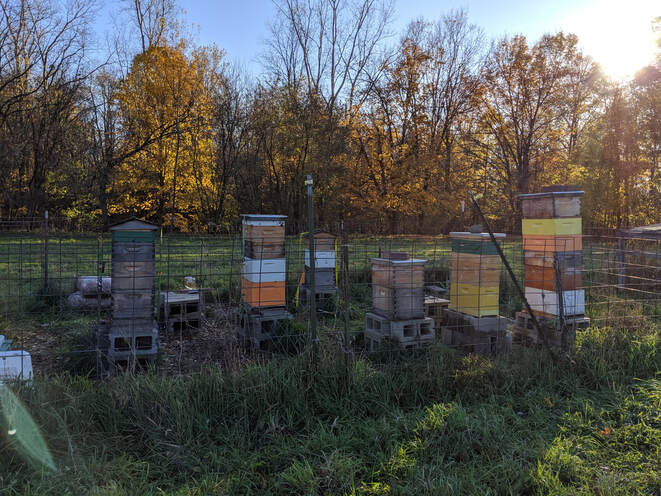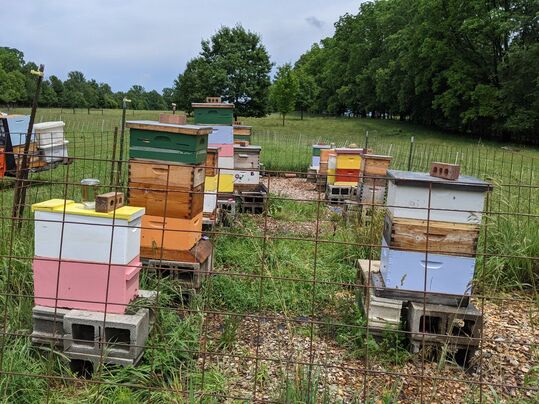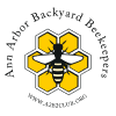 Aster In Michigan, basically the last call for nectar in the environment is mid-to-late September. This is when goldenrods and asters stop blooming. While some beekeepers choose to harvest this late-season honey and then feed their bees thicker 2:1 sugar syrup to build back up their winter stores, many just leave this odoriferous honey on the hives for their bees to enjoy during the winter. It’s important that every frame left behind in the hive for the winter has beautiful comb jammed full of honey that is easily accessible to the bees and that there are no gaps between the frames (i.e. not drawn out foundation frames) that would prevent bees from reaching their honey stores. This may require beekeepers to condense, rearrange, and even combine their hives in the fall. Remember, a hive needs between 60-100lbs of honey to survive the winter! Bombs Varroa, varroa, varroa. It doesn’t matter how sick you are of hearing about Varroa, they are still a major concern for beekeepers, especially in the fall. To reiterate how Varroa reproduces, it does so exponentially, with the peak mite population right at the decline of the honey bee population in the fall. So, even if you’ve tested all spring and summer and found low mite numbers (0-3 mites/100 bees or 0-9 mites/300 bees), YOU MAY STILL SEE A FALL EXPLOSION OF MITES in your colonies. Also of concern are mite bombs which are hives that haven’t been managed for mites all year and now collapse, sending infected bees out to overrun surrounding hives. So, you’re saying, no problem, I’ll just plan on treating all my hives in the middle of September, not testing, and calling in good, right? Wrong! Every area is a little different and if you treat a little too early or a little too late to control your mites, you can still suffer winter losses due to mites. Also, you should always test before and after a mite treatment to make sure your mite treatment was effective. Combining In addition to making sure your hives are disease-free, well-fed, and Varroa-controlled, fall is also the time to equalize your hives. What I mean by equalize is not going into winter with strong hives and weak hives, but combining and distributing frames such that all of your hives are robust going into winter. One bit of advice some beekeepers use is not to combine weak hives with weak hives, but to combine weak hives with strong hives for better success, while others like to combine 2 weak hives in the hope of making one stronger hive. When combining 2 hives, a single sheet of newspaper should be used between the boxes of the 2 hives so that the bees are gradually introduced to each other. Often the queen of the weak colony is dispatched before the combination, but this may not be necessary as often the bees sort out which queen they want to keep. Also, combining hives is a good way this late in the season to get a queen into a queenless or laying worker hive. Additional Information: https://www.honeybeesuite.com/fall-management-of-honey-bees/ https://www.youtube.com/watch?v=k1RcADkd_RA
1 Comment
|
AuthorJen Haeger is a new master beekeeper and board member of A2B2. Archives
August 2022
Categories
All
|


 RSS Feed
RSS Feed
